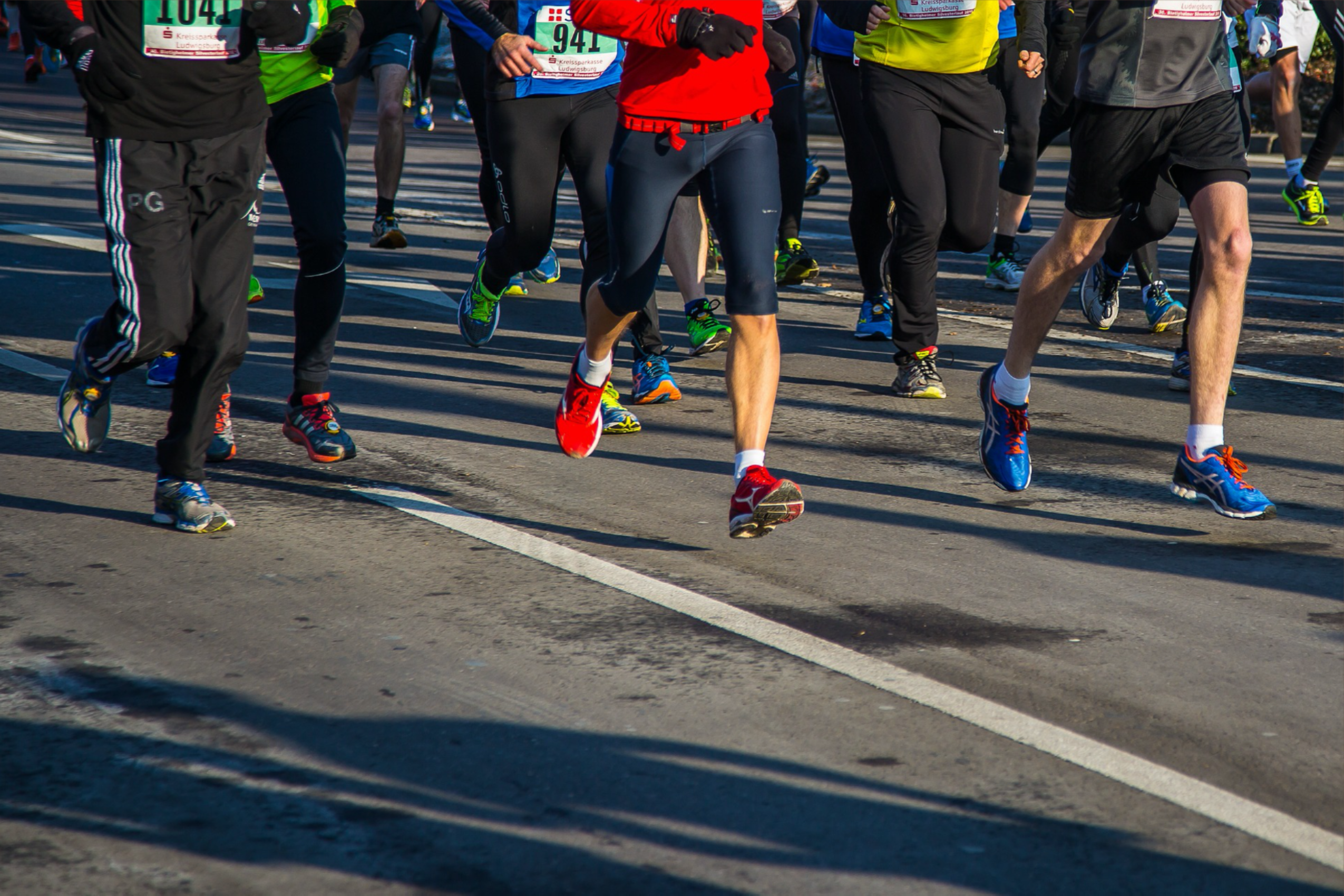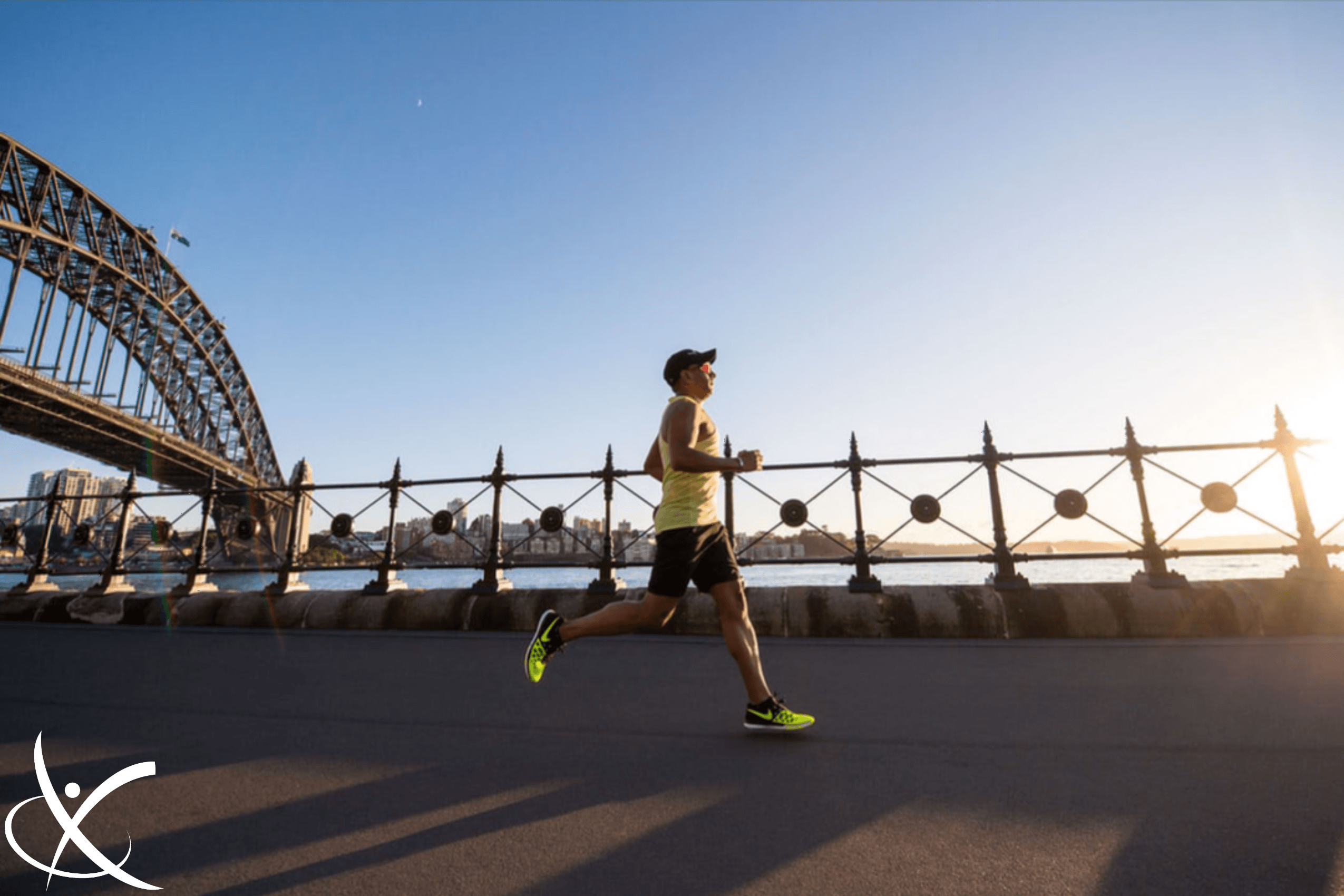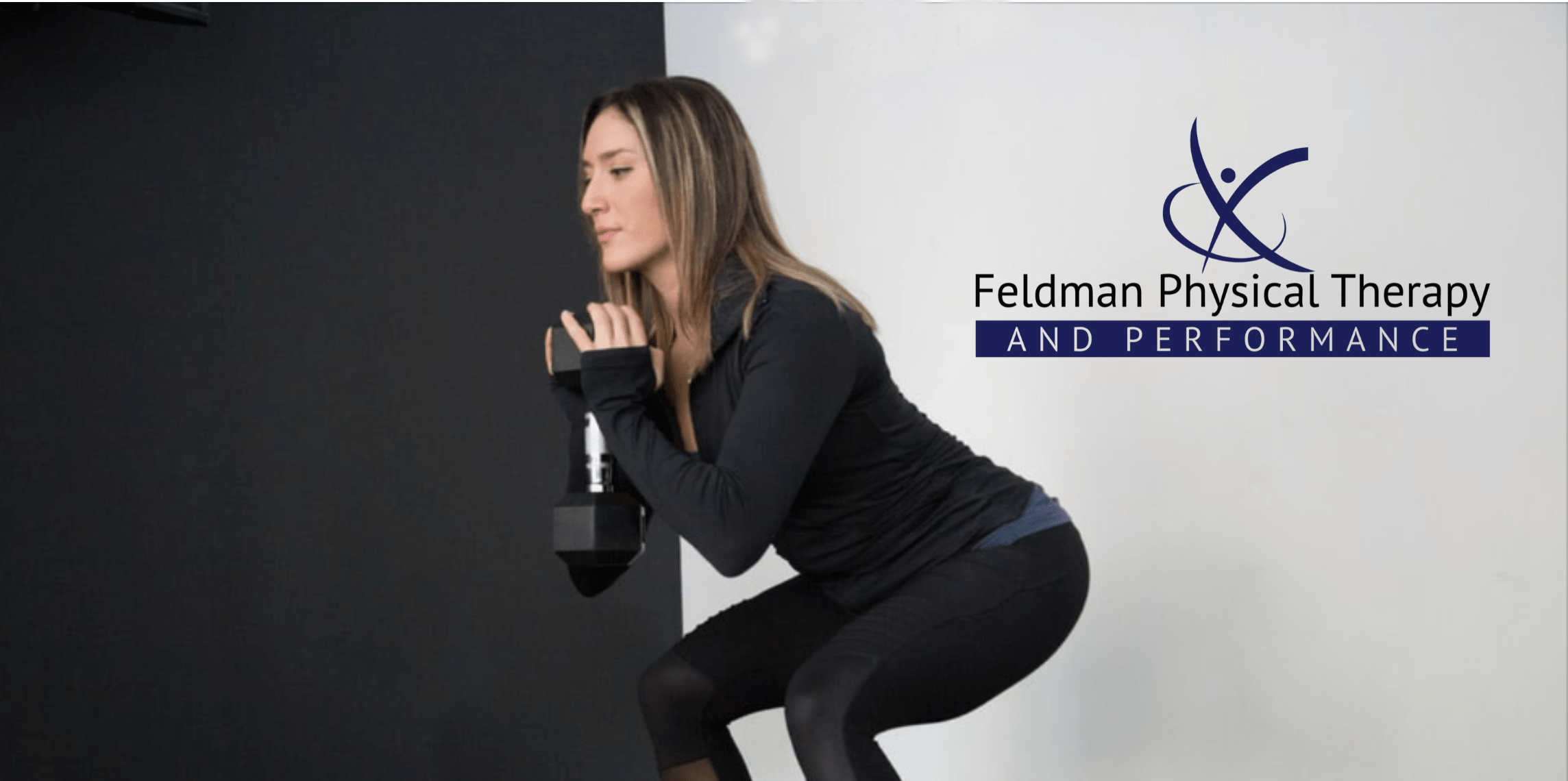
Preparing For Your Next Race
September 3, 2019
Runner’s Knee
September 15, 2019Squatting 101
Disclaimer: this blog is basic. It’s meant for the average layperson who may be entering a gym for the first time or an individual who is curious about the right answers. It will provide the basic knowledge needed to start improving your squat or to start squatting in general! I will not address anything but the “basic mechanism” of stand to squat and vice versa. You may want to continue reading, even if you think you are a squat master.
I can’t tell you the number of times I’ve been asked, “How should I squat?” or “Why do I have pain when I squat”. Well, truth be told, there is no simple answer and many right (and wrong) answers. There is also a lot of skewed information out there. Humans are all anatomically different (height, weight, bone structure, muscle fibers, etc.), so how can we have one correct answer? Especially when most of the time it has to do with individualized strength or body mechanic impairments!
For the average person, squatting means any possible way to get low to the floor with both feet in the same place. Squatting is something we do in everyday life. Heck, if we look at sitting down and standing up from a chair or a toilet, you are basically performing parts of a squat. It is a great activity that can help strengthen much of our body if done correctly.
Now, there are many different forms of squats: unweighted or air-squat, jump-squat, front-squat, back-squat (high-bar, low-bar), goblet-squat, sumo-squat, sissy-squat, single leg squat, and the list goes on. These are all things I’ll probably decide to address at some point, but let’s get to the basic mechanics of a general squat first.
So, a few house-keeping things prior to attempting this squatting thing. No, it’s not as “simple” as it seems. Yes, granted our bodies are meant to squat many of us lose the ability when out of practice. Other than muscles working, the position should not be painfully uncomfortable. “Muscularly” uncomfortable, is understandable, especially if you have never really squat before! Your feet don’t have to be straight, and they should fall into your “anatomically correct” position. Yes, I used big terms, but your body has a comfortable position it will want to squat in.
Two tips for finding your comfortable foot and leg position:
- In a standing position, close your eyes, shake your legs out, and find your comfortable standing position. Open your eyes and look where your feet fall. If they’re slightly in or out, try to place your feet in a similar position when going to squat.
- Lie flat on your back and pull your knees to your chest using your arms. When doing this, you’re looking to find the area in which your knees can get closest to your chest. When you reach this position, you’ll want to look at the width between your knees, and where your feet are (pointed in, out, straight ahead). This can give you a hint as to how far apart your knees should be as well as your foot position!
Take a little information from these two things and utilize them! It can help you get more out of the activity and become more comfortable with it. Now, these are simply a guide and may not work for everyone.
Now onto this thing called the squat, and what you should know:
- Find your comfortable squat position with the recommendations above!
- Booty Back: If you hear me working with someone in the clinic, you’ll sometimes hear people giggle because I just told them to “pop their booty” or “stick their butt out”. Why? I want them to learn how to shift weight posteriorly before trying their squat (I often like to teach the hip-hinge as a precursor just for people to understand a bit more about hip movement and weight shift). A lot of the time, I see people using too much anterior weight shift (weight on their toes) during their squat which sometimes comes along with an “ouch, my knees hurt”.
- Weight In Shoelaces: During a squat, weight should be evenly distributed throughout the heel and ball of your foot. If you cannot wiggle your toes throughout the movement or your heels are coming off the ground, you know your weight is more than likely too far forward (heels off the ground can also be a sign of ankle & other mobility impairments, but I am not going to dive into that here)!
- Knock-Knees over Toes?: Now for the “don’t let your knees go over your toes” conversation. Shifting your weight posteriorly, should help decrease the likelihood of this happening. If I could give an ounce of advice, do not freak out if your knees go over your toes, especially if you don’t have any pain while doing so. It’s not detrimental and it is not the end of the word. As I’ve already stated, everyone has a different body make-up and sometimes, for some people, knees over toes is just a thing that happens! One other thing! When squatting, make sure your knees stay in line with your feet. Don’t be knock kneed! There may be a circumstance in rehabilitation here I do not make people do this, but as a rule of thumb, your knees should not be trying to touch each other during a squat! If anything, they should be moving away from each other to help generate more power!
- Hips Don’t Lie: Finding your “squat position” as discussed above will help you find the most comfortable position for your hips during a squat. Sometimes, hips can be the root cause of poor squat performance whether it be due to poor mobility or strength! Don’t skip this step as it can be imperative to improving performance. Also, random aside, if you experience pinching in your hips during a squat, check this out: Pinch In Your Hip?
- Stack The Spine: No, our backs should not be round or hyperextended. Our neck, upper back and spine should all align during a squat. The goal of trunk positioning in a squat is to be in a neutral position. Not bent forward or backward, but a comfortable straight. Often I see too much lower back rounding or too much lower back extension during a squat. I also see people who let their shoulders fall forward, head looking at the ground or even up at the sky! Ladies and gents, try to be guy number three (with a booty pop).
There is a little bit more to performing a squat than a lot of people think. If you have any questions about what you’ve read above, please don’t hesitate to reach out to us!





